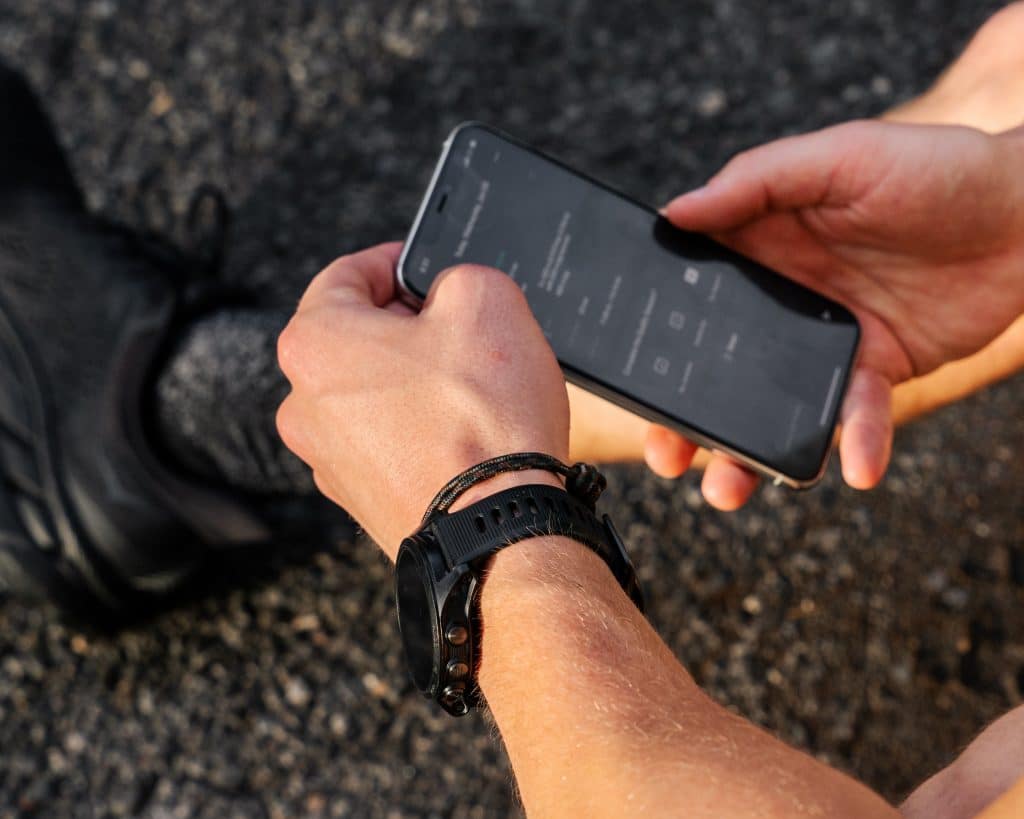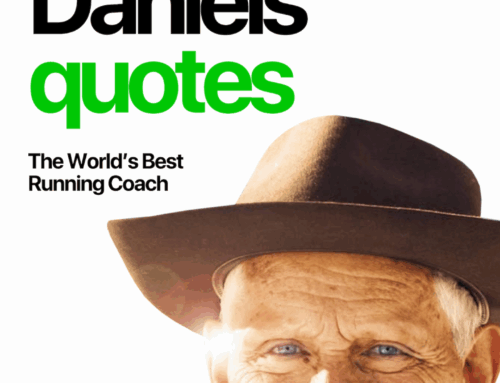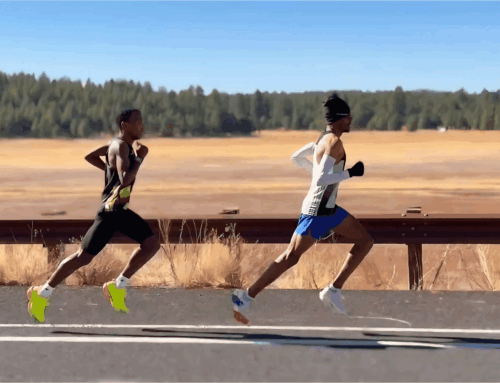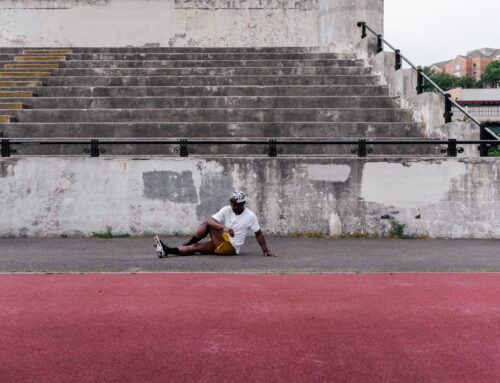
Unlike contact sports, in which it’s normal to know just how and when an injury occurs, runners are quite often unable to relate an injury to a specific incident. An injury is often the result of overstressing an imperfection in the body, such as a leg length discrepancy or tendency to overpronate. Many running injuries simply progress slowly over time. This is why you should record your daily training in a log (V.O2) – so you can see the trends or events that lead to every setback.
In addition to your workout distance/paces and actual data, note the weather and other stats of a run that you want to keep in your log. Each daily entry should include a record of anything physically unusual you experience, categorized by parts in the body in which they occur. This way you’ll know the date that you first noticed signs of a possible injury as well as the exact day that you think the injury occurred. You should also note what you think caused the injury, or at least the training, competition, accident, or incident you associate with it. Finally, from the day you recognize the injury to the day it has healed, keep track of what you do to treat the problem and how well the treatment has worked.
This information might help you handle (or even prevent) future injuries. You’ll have a permanent record, for instance, of what helped you alleviate the pain in your knee or soreness in your Achilles. Some injuries vanish after a couple weeks of rest; others disappear even while training continues. Along with telling you how your body responded to various injuries, your log might also save you worry, time and money, if in the future a similar injury should happen again.
Of the 26 elite distance runners I tested in the late 60’s, the runner who had the best results in his VO2max in his 25-year follow-up test was a 47-year-old who had recorded nearly 100 setbacks over the years. This runner had done a magnificent job of learning to rest when he needed to and had become a highly successful masers competitor, lending credence to the notion that setbacks, when documented and cared for, might even lengthen a running career.
Dr. Jack Daniels is a world renown exercise scientist and author of the popular coaching book Daniels’ Running Formula.





Leave A Comment